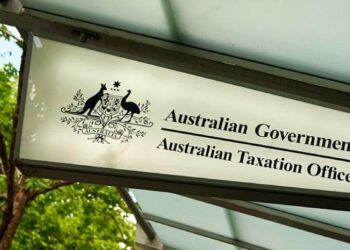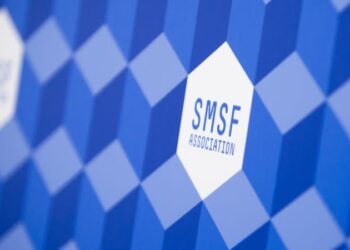According to ASF Audits executive general manager of technical services Shelley Banton, the situation is an opportunity for SMSF advisers who have been hesitant to adopt the use of e-signatures in their practice to consider their approach.
“It may be that COVID-19 is the perfect storm to fast-track the widespread use of e-signatures within the SMSF industry,” she said.
Ms Banton said that, in the past, there have been concerns that some trustees who are not computer literate cannot e-sign a document, with some clients living in remote locations without access to the internet or don’t trust the safety and integrity of the process.
But she said now it’s time to adapt to the “new normal” under COVID-19 and start looking for better ways to do business.
“Since e-signature technology was first introduced in 1989, there have been significant developments leading to a new standard of embedded cryptographic mechanisms that provide secure and accurate identification,” Ms Banton said.
“Other benefits of e-technology include authenticity verification and document integrity verification, which confirms whether the signed content changed after it was signed.”
The laws and regulations around e-signatures
Ms Banton points out that the Electronic Transactions Act 1999 – Section 10 (ETA 1999) allows electronic signatures to be used for financial statements and other documents.
She also said that while Regulation 4 Schedule 1 of the Electronic Transactions Regulations 2000 (ETR 2000) provides an impediment to use e-signatures for certain sections of the SIS Act, there is no fundamental principle of contract and commercial law that prevents contracts, or documents, from being formed electronically.
“The purpose of the law was changed in 2000 due to the light of the emerging and unknown digital channels. This was seen as being necessary to safeguard the industry and ensure the provisions in the federal act would apply to more legislation and transactions,” Ms Banton said.
As for how the ATO would likely approach the use of e-signatures, Ms Banton said that while a legal impediment exists under the ETR 2000, the common practice is that e-signatures are being used within the SMSF industry for documents required under SIS.
“The ATO is aware of the different laws and intends to use the Coronavirus Economic Package Bill to fix the issue retrospectively. There is no intention for any compliance action to be taken where e-signatures are used to sign SMSF documents as outlined in the ETA 1999,” she said.
“Given the current circumstances, a common-sense approach must be taken to ensure the integrity and safety of the superannuation system continues to prevail.
“Future action will see proposed amendments to the ETR 2000 to see continued use of e-signatures prevail within the SMSF industry.”



Excellent update as always Shelley and certainly encouraging. It is great to see the level of change that can be considered, adopted and implemented when it is really needed. Another win for efficiency, turnaround times and value to our clients.